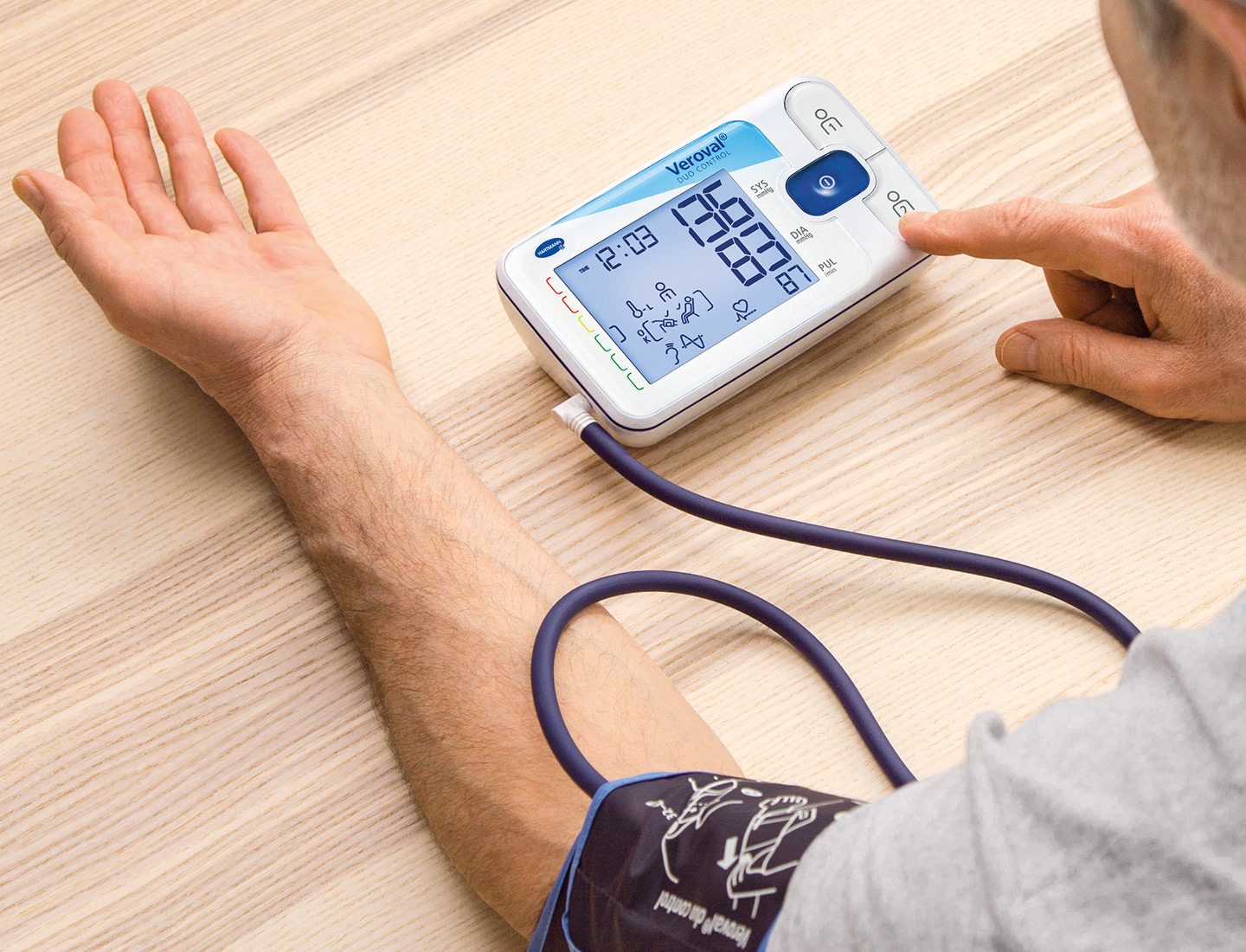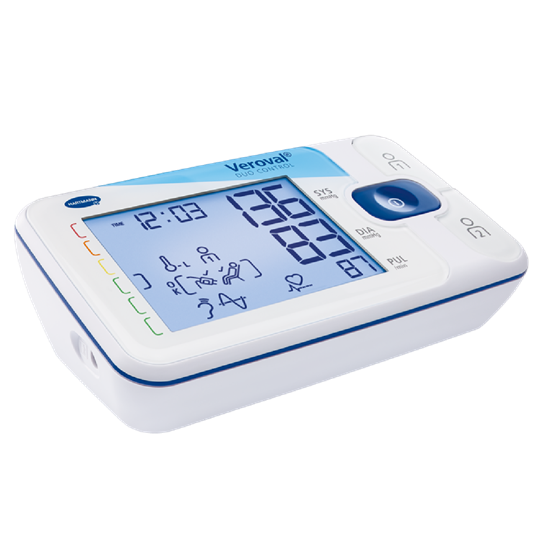Atrial Fibrillation increases the risk of Stroke


There is no better way to say it – it’s all wired to our source of life. The Global Health Observatory (GHO) estimates that no less than 1.13 billion people worldwide are affected by raised blood pressure. The World Health Organization (WHO) has identified high blood pressure as the world’s most prevalent preventable disease, and reports that more than 1 in 5 adults worldwide have raised blood pressure – a condition that causes around half of all deaths from stroke and heart disease in the WHO European Region. Complications from hypertension account for 9.4 million deaths worldwide every year. There is no doubt: If your blood pressure is out of control, your life is in danger.
Why is this the case? Blood pressure is the strain that circulating blood exerts on the walls of the blood vessels. It is recorded by means of two values, the systolic and the diastolic blood pressure. While the first value is generated when the heart contracts and blood is being pumped into the blood vessels, the diastolic (second) value describes the pressure in the arteries when the heart is relaxed and filling with blood again. The values are displayed in mmHg (millimetres of mercury).
According to the WHO and other leading health organisations, the systolic and diastolic values of blood pressure are divided into six categories1: optimal (up to 119 mmHg systolic and up to 79 mmHg diastolic), normal (120-129 mmHg systolic and/or 80-84 mmHg diastolic), high normal (130-139 mmHg systolic and/or 85-89 mmHg diastolic), Grade 1 hypertension (140-159 mmHg systolic and/or 90-99 mmHg diastolic), Grade 2 hypertension (160-179 mmHg systolic and/or 100-109 mmHg diastolic) and Grade 3 hypertension (> 180 mmHg systolic and/or > 110 mmHg diastolic).
The reasons for high blood pressure are numerous: overweight, smoking, stress, organ damage, age-related stiffness of large arteries, and genetic disposition. A different type of hypertension is called “secondary hypertension”. In these cases, hypertension is due to an identifiable cause. Common causes of secondary hypertension are: renal disease, renovascular disease, endocrine causes, obstructive sleep apnoea, or the intake of specific drugs. By treating the underlying problem, blood pressure values may return to normal.
According to a recent study by Springer’s hypertension reports2, the risk of permanent damage to the whole body doubles with every 20 mmHg systolic or 10 mmHg diastolic if high blood pressure remains untreated. However, if regularly monitored and treated, the risk of severe physical damage can be drastically reduced.
The only way to find out if you suffer from high blood pressure is to have it regularly measured by yourself, your doctor or another medical professional, who can also help you understand your blood pressure values.
| Results indicator | Evaluation | Systolic pressure | Diastolic pressure | |
| Red | Grade 3 hypertension | above 179 mmHg | and/or | above 109 mmHg |
| Orange | Grade 2 hypertension | 160 - 179 mmHg | and/or | 100 - 109 mmHg |
| Yellow | Grade 1 hypertension | 140 - 159 mmHg | and/or | 90 - 99 mmHg |
| Green | High normal | 130 - 139 mmHg | and/or | 85 - 89 mmHg |
| Green | Normal | 120 - 129 mmHg | and/or | 80 - 84 mmHg |
| Green | Optimal | up to 119 mmHg | and | up tp 79 mmHg |
